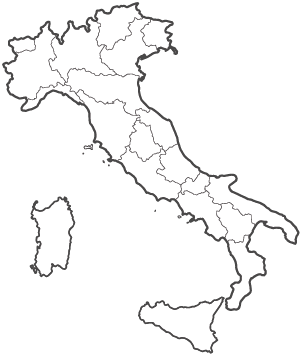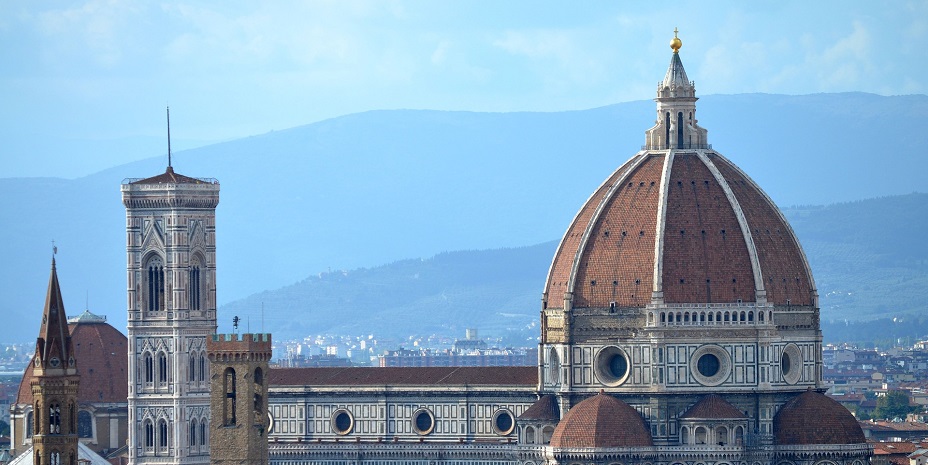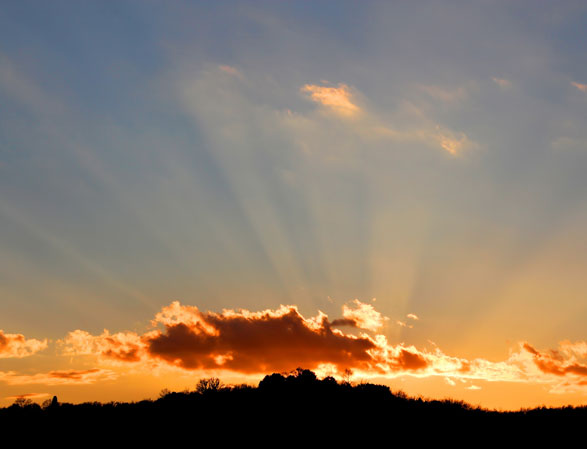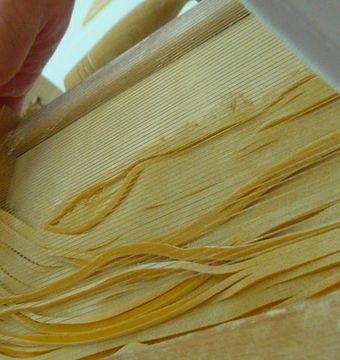Be it your first time or a return visit, a tour of Florence starts from Piazza della Signoria, an architectural gem and symbolic city landmark.
Here, each stone celebrates the legendary de’ Medici family. If they could speak – and in a certain sense they do – these stones would narrate the bloody clashes between the pro-Papal Guelphs and the pro-Emperor Ghibellines during the 1200s; the flames as people like Savonarola burned at the stake in the 1400s; the Dark Ages, and the splendor, magnificence and grace of the Renaissance.
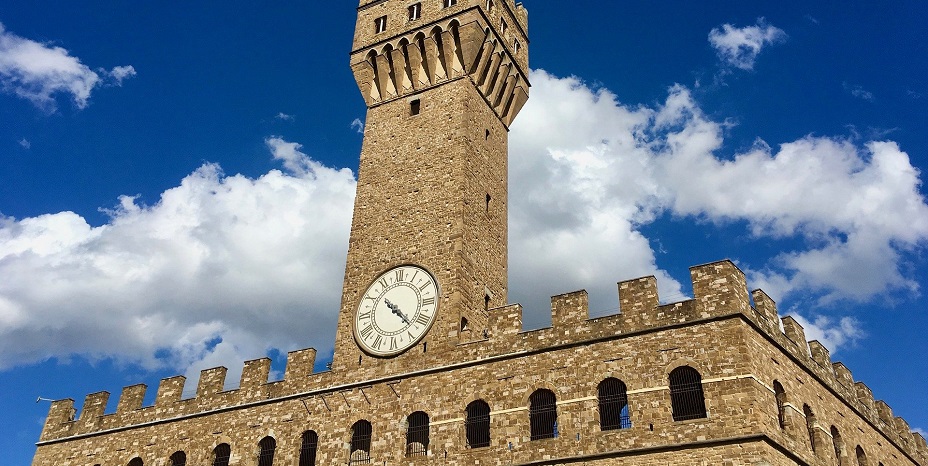
Your eyes will immediately fall on the famous asymmetrical tower and austere 14th century façade of Palazzo Vecchio, the Medici family’s former residence. Inside you can admire Vasari’s frescoes in the Salone del Cinquecento, passing by a delightful courtyard and an imposing staircase. In front of the palace stands a copy of Michelangelo’s masterpiece, David (the original can be found at the Galleria dell’Accademia). Other important buildings adorning the square are the elegant Loggia dei Lanzi, where official ceremonies and important meetings once took place, the medieval Tribunale della Mercanzia and Palazzo Uguccioni.
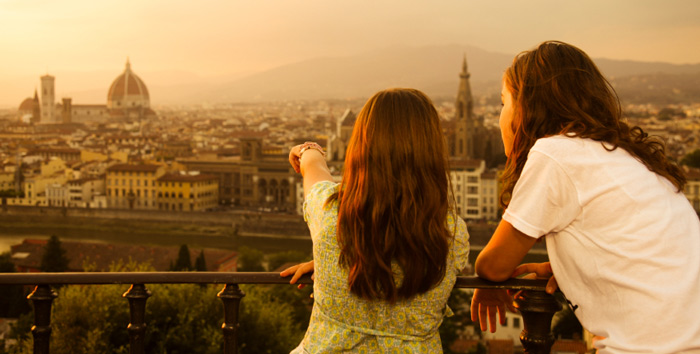
After crossing the long passageway that leads to the Arno River, you’ll reach the Galleria degli Uffizi. Designed by Vasari for Francesco I de’ Medici, it’s considered one of the most prestigious museums in the world. Inside you’ll find masterpieces by Giotto, Cimabue, Masaccio, Beato Angelico, Michelangelo, Raphael, Leonardo, and Botticelli.
Visitors should visit the Uffizi without haste, savoring not only the works of art on display but also the grand city views outside the windows. The Vasari Corridor, once used by the Medici court to cross the city undisturbed, is the perfect spot to admire the Arno river and Ponte Vecchio.
After visiting the museum, take a stroll to the river through Porta San Miniato. Stop for a glass of local Chianti and some tasty Tuscan crostini, and then continue walking towards the hills along the peaceful street lined with magnificent churches and aristocratic villas.
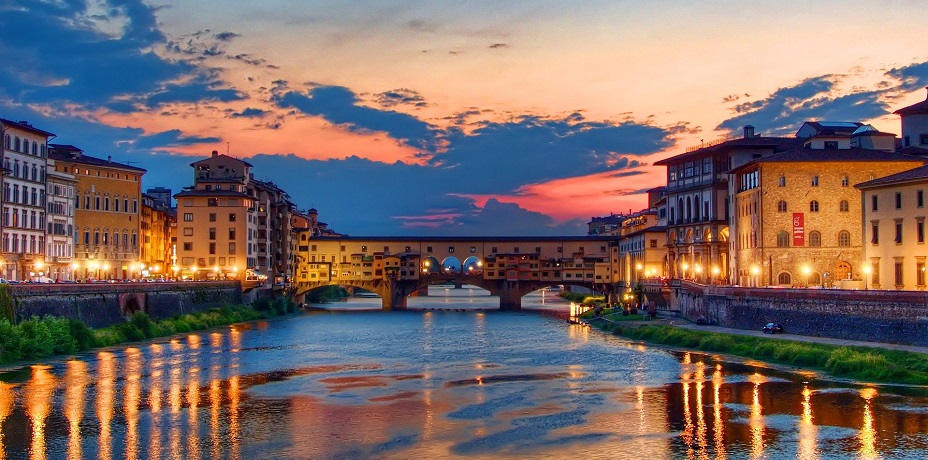
If you prefer to visit the second heart of the city, then head to Piazza Duomo, or San Giovanni, which - from an artistic and historic perspective - is just as important as Piazza della Signoria. The sight will take your breath away: the splendid marble, marvelous Baptistery (its doors alone, especially the one by Ghiberti, are a treasure), and the impressive Duomo, an architectural masterpiece completed over the span of 600 years.
Marvel at Brunelleschi’s Dome - an unbelievable feat of engineering - adorned with frescoes by Vasari. Beneath the naves of the Duomo, lift your gaze to admire the stained glass windows by Donatello, Ghiberti, and Paolo Uccello, and the mechanical clock painted by Paolo Uccello. Then there’s Giotto’s Bell Tower, with its incredible multicolored marble and tiles, plus a breathtaking view from 85 meters above the square.
